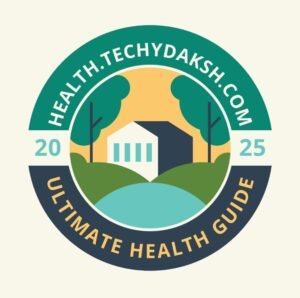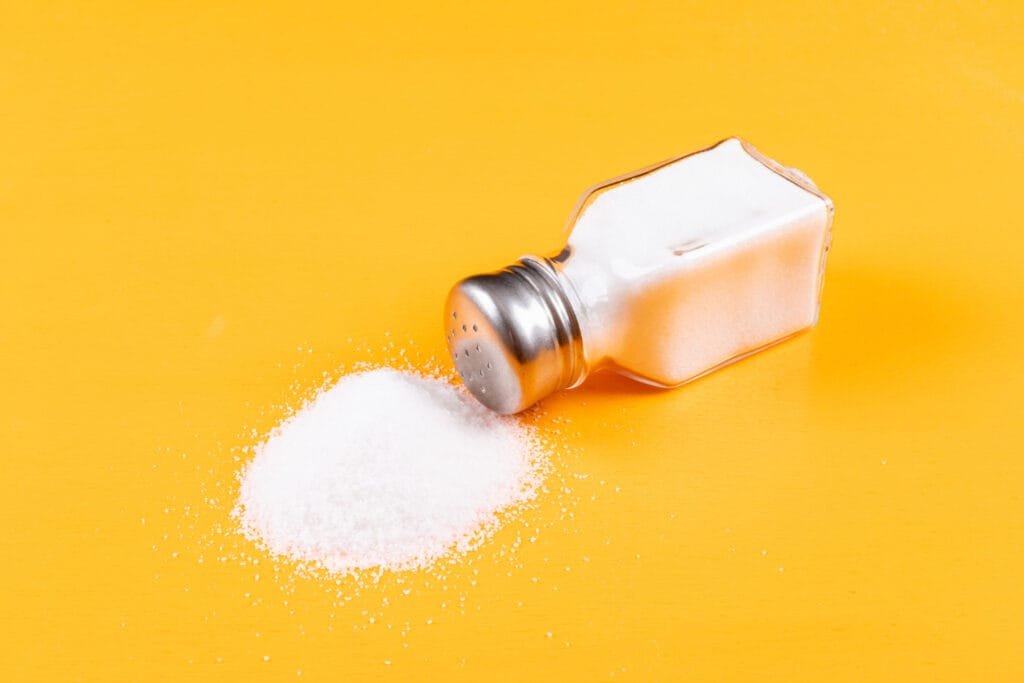How Much Daily Salt Intake Is Safe?
Salt is essential for various bodily functions, including muscle contraction, nerve transmission, and fluid balance. However, consuming too much salt can have detrimental health effects. So, how much salt per day is safe?
Recommended Daily Salt Intake
According to a 2023 report by the World Health Organization (WHO), excessive salt intake is a major contributor to high blood pressure and increases the risk of heart disease and stroke. WHO estimates that reducing salt intake to recommended levels could prevent approximately 2.5 million deaths each year.
Health organizations around the world provide guidelines for safe salt consumption:
- World Health Organization (WHO): Less than 5 grams (about 1 teaspoon) per day.
- American Heart Association (AHA): Ideal limit of 1.5 grams per day for most adults; not exceeding 2.3 grams (about 1 teaspoon).
- Dietary Guidelines for Americans (DGA): Less than 2.3 grams per day for adults.
Why Limit Salt Intake?
Excessive salt intake can lead to:
- High Blood Pressure: Salt increases blood pressure, a major risk factor for heart disease and stroke.
- Heart Disease: Long-term high salt consumption can contribute to cardiovascular problems.
- Kidney Damage: Too much salt stresses the kidneys, potentially leading to kidney disease.
- Water Retention: High salt intake can cause bloating and water retention.
How to Reduce Daily Salt Intake
- Read Labels: Choose foods with lower sodium content.
- Cook at Home: Control salt usage by preparing meals yourself.
- Use Alternatives: Replace salt with herbs and spices for flavor.
- Avoid Processed Foods: These often contain high levels of sodium.
Maintaining a moderate Daily Salt Intake is crucial for overall health. Aim for less than 5 grams per day, and lower if you have preexisting health conditions. Monitoring your salt intake can improve blood pressure, heart health, and general well-being.
FAQs
- What happens if I consume too little salt?
- Insufficient salt intake can cause electrolyte imbalances, fatigue, nausea, and muscle cramps.
- What foods are high in salt?
- Processed foods, canned soups, salted snacks, and fast food are common high-sodium foods.
- Can I use sea salt or Himalayan salt instead?
- While these salts may contain trace minerals, they still contribute to overall sodium intake and should be consumed in moderation.

